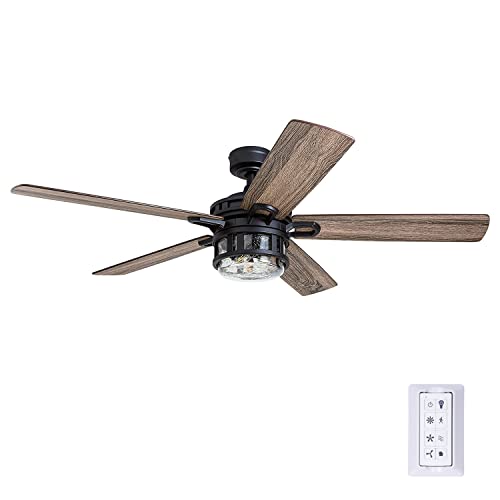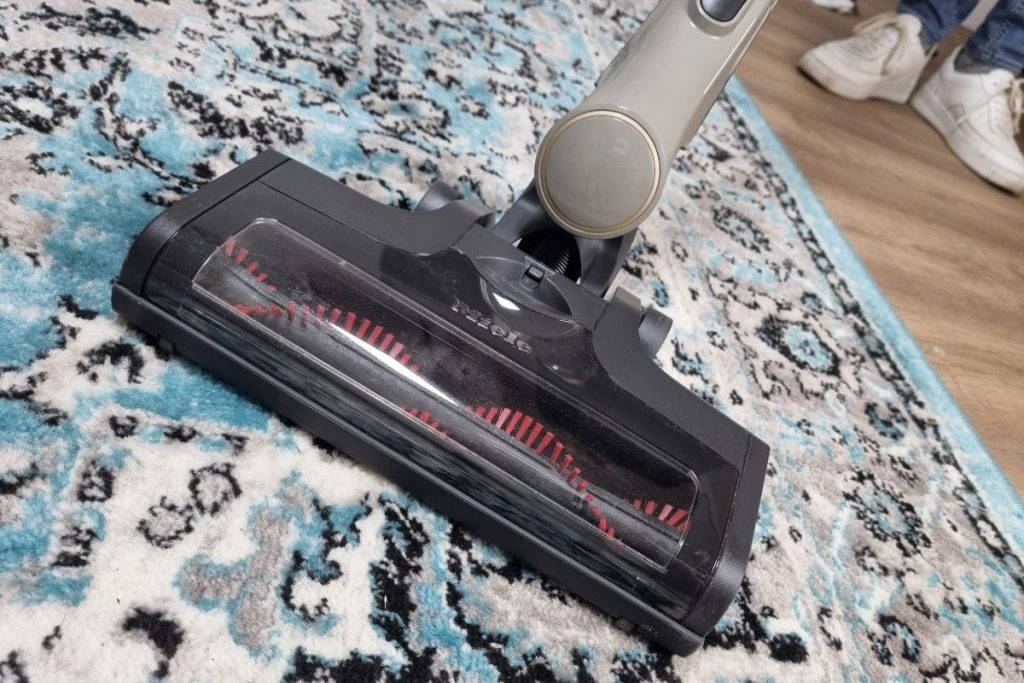16 Best Ceiling Fan For Vaulted Ceiling In 2024
Bob Vila May 2, 2024 7:27 AM
We independently study, test, and review 16 Best Ceiling Fan For Vaulted Ceiling products before making recommendations. We’re testing the Prominence Home, MINKA-AIRE, Honeywell Ceiling Fans, VONLUCE, hykolity, warmiplanet, FINXIN, Yescom, Sofucor, EKIZNSN, Obabala, CLUGOJ for a for a future update to this guide.

Overview
If you're looking for the best ceiling fan for vaulted ceilings, look no further. There is a downside to vaulted ceilings, though, when it comes to proper ventilation.
To keep you and your loved ones cool, it is important to have a good ceiling fan. During the winter months, it can assist circulate warm air around your home.
For homes with stunning cathedral ceilings or ones that are merely several feet taller than typical, the following list of the best ceiling fans for vaulted ceilings is a must-read.
- SCORE9.4
- BrandProminence Home
- Prime
- SCORE9.2
- BrandProminence Home
- Prime
- SCORE9.2
- BrandMINKA-AIRE
- Prime
- SCORE9.2
- BrandHoneywell Ceiling Fans
- Prime
- SCORE8.8
- BrandHoneywell Ceiling Fans
- Prime
- SCORE8.8
- BrandHoneywell Ceiling Fans
- Prime
Last update on 2024-05-02 / Affiliate links / Images, Product Titles, and Product Highlights from Amazon Product Advertising API
It is important to consider the size, height, and angle of a room's ceiling while purchasing a ceiling fan.
Flat vaulted ceilings only a few feet higher than the ordinary room may support nearly all ceiling fans on the market, but very high and angled ceilings demand special thought.
Long Downrod
With high ceilings, a long downrod ceiling fan is the best option. Even better if you can get a fan with an adjustable downrod.
When hung 8 to 9 feet above the ground, most ceiling fans are at their most efficient.
Measure the distance between your floor and the ceiling where you wish to place the fan. When deciding on a downrod length, take this into consideration.
Adjustable Canopy
You'll need a fan with a matching canopy if your vaulted ceiling is angled. The component of the fan assembly that attaches to the ceiling is known as the canopy or blade housing.
Up to a 30 degree tilt is possible with most fan canopies. However, if you're looking for a ceiling with a more dramatic arc, there are various possibilities.
Remote Controls
Although ceiling fans with remote controls are increasingly common, many still use cable pulls. In a space with high ceilings, this control configuration is simply impractical.
A ceiling fan that has a remote or can be used with a remote from a different manufacturer is ideal. Wi-Fi or Bluetooth connections allow some modern fans to link to an app on their smartphones.
Motor quality matters
An excessive wobble or noise in the ceiling fan can be avoided by selecting a high grade motor. Most high-quality motors are either ultra-quiet DC models or high-performance AC models. If you're willing to pay a little more, you'll get the best quality ceiling fan that's quieter and more durable than the lesser models on the market.
Avoid cheap ceiling fan models
There are costs associated with buying a big-box shop or home improvement store ceiling fan that are not immediately apparent. In order to save money, producers of low-cost ceiling fans typically compromise on the quality of the materials and motors. Because of the lower quality of the materials used in these fans, which include tin and sheet metal, they rattle when they are in operation. Using inferior motors, which can cause wobble and noise over time, is another common practice.
Ceiling Height
At least 7 feet from the floor, ceiling fans are typically required by most building requirements (10 in case of steel fans). For both safety and performance reasons, this is critical. You won't be able to feel the breeze if you turn the fan up too much. Installing your fan at the lowest possible height is the best solution.
There are occasions where the ceiling is very high, in which case it may be difficult, but most ceiling fans come with an extendable rod that can be used to lower the blades. There will be a compatible downrod coupler to connect two rods, so don't be concerned.
Airflow
It is possible to calculate the volume of air moving through a system using the CFM (cubic feet per minute) unit. These figures indicate how much air is displaced during operation. Because CFM isn't a measure of the speed of the wind that provides the breeze, a fan with a high CFM isn't necessarily better or more powerful.
CFM is useful in determining whether or not that fan can adequately cover the area. Good performance requires CFMs of 4000–5000, higher performance requires CFMs of 5 000–6000, and the very best performance requires CFMs of more than 6 000. Make sure the wind speed is at least 3.5 or 4 MPH.
Energy Efficiency
As far as airflow and energy efficiency go, pay attention to the motor! In today's huge ceiling fans, DC motors or those that have earned the Energy Star label can be found.
Energy Star-certified DC motors are lighter, more compact, and more efficient than other types of motors, but they must still meet a strict set of requirements before they can be certified by the federal government.
Noise Level
Consult online reviews or make a direct inquiry about the volume. This can be an issue for some people or settings if the ceiling fan is particularly loud. Despite the fact that DC motors are quite quiet, movement and electricity will always produce some noise.
It's possible to fix the irritating sound of a ceiling fan by adding a little weight that stabilizes the blades.
What Are the Ceiling Fan for High Ceilings Price?
A ceiling fan's price might vary greatly depending on its brand, its size, and its quality.
You may expect to pay between $20 to $90 for a basic one or two-speed fan with light fittings and pull chains for high ceilings.
If you're looking for a high-quality ceiling fan, with nickel or brass finish, wood or a combination of materials, you may expect to invest $200-$600.
Luxury ceiling fans cost anywhere from $700 to $2,200. Systems with up to six ceiling fans set in a row, several motors, and variable speed controllers can cost as much as $12,000 or more.
How High Do Ceilings Need to Be for a Ceiling Fan?
The drop of a ceiling fan must be taken into consideration before beginning the installation. Sometimes, the ceiling fan's downrod is all that's needed to be installed.
Depending on the height of your ceiling, you may need to purchase a longer downrod. Downrods for most ceiling fans are between 3 and 6 inches in length.
8-foot-tall ceilings
They are designed for a normal 8-foot ceiling height with these dimensions.
The blades will be suspended 10 inches from the ceiling in order to maximize ventilation.
Using a low profile ceiling fan will ensure that you have enough clearance between the ceiling and floor for a 7-foot gap.
At or below 7 feet, ceilings
The 7-foot clearance requirement is likely to be broken if the ceiling height is less than 7 feet, 9 inches.
You'll need a longer downrod if your ceiling is higher than 8 feet in order to keep the blades at a distance of 8-10 feet from the floor.
Because of this, the standard ceiling fan height should be 7 feet above the ground.
There's a fan for every ceiling, no matter how high or low it is. However, the Honeywell 50614-01 Carnegie Ceiling Fan is our pick for the majority of rooms with vaulted ceilings.
Raised-ceiling rooms benefit greatly from the traditional design and ease of use that these ceiling fans provide. This fan may be mounted in a variety of locations, making it suitable for a wide range of rooms.
Remember that the provided mount only works with slopes of up to 10 degrees, so if your ceiling is steeper than that, you'll need to purchase an additional mount. Additionally, if your ceiling is really tall, you'll want to invest in a longer downrod.































